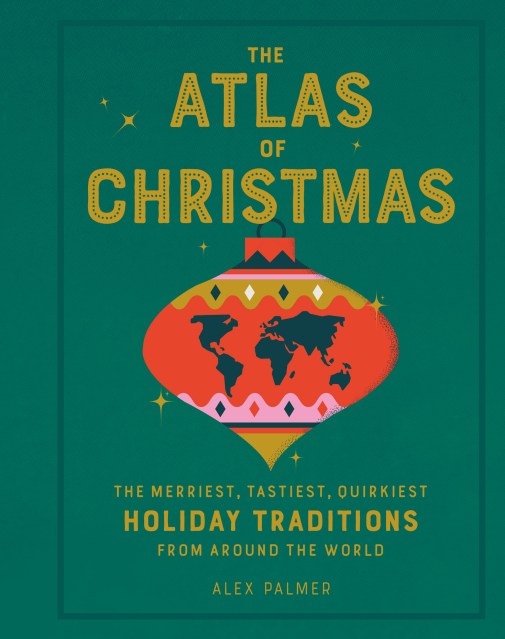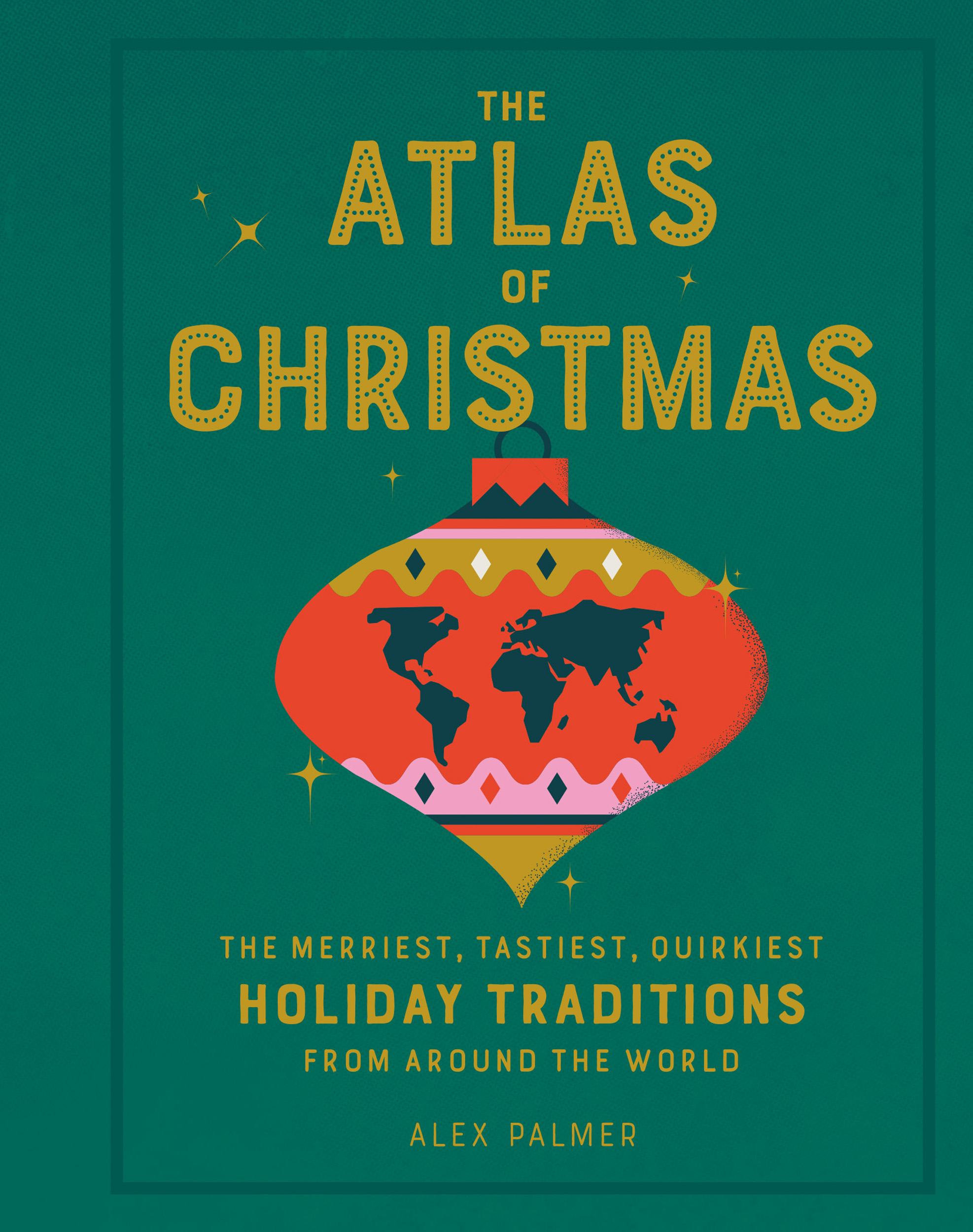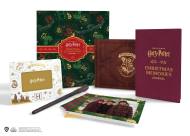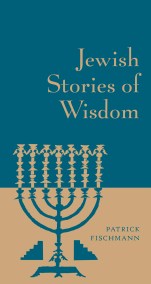Promotion
Use code MOM24 for 20% off site wide + free shipping over $45
The Atlas of Christmas
The Merriest, Tastiest, Quirkiest Holiday Traditions from Around the World
Contributors
By Alex Palmer
Formats and Prices
Price
$11.99Price
$15.99 CADFormat
Format:
- ebook $11.99 $15.99 CAD
- Hardcover $18.00 $23.00 CAD
This item is a preorder. Your payment method will be charged immediately, and the product is expected to ship on or around October 6, 2020. This date is subject to change due to shipping delays beyond our control.
Also available from:
Do you know that in Guatemala there’s a “Burn the Devil” tradition to kick off the Christmas season, where revelers gather to set fire to devil-piñatas? In Sweden, a popular figure in Christmas traditions is the Yule Goat, a rowdy, menacing character who demands gifts. And in Japan, a big bucket of Kentucky Fried Chicken has become the classic Christmas Day feast. These and many other global Christmas traditions are featured here in this delightful book. From decorations and activities to feasts and special treats, there’s a wide range of both lovely and unusual traditions from around the globe.
Genre:
- On Sale
- Oct 6, 2020
- Page Count
- 256 pages
- Publisher
- Running Press
- ISBN-13
- 9780762470402
Newsletter Signup
By clicking ‘Sign Up,’ I acknowledge that I have read and agree to Hachette Book Group’s Privacy Policy and Terms of Use







